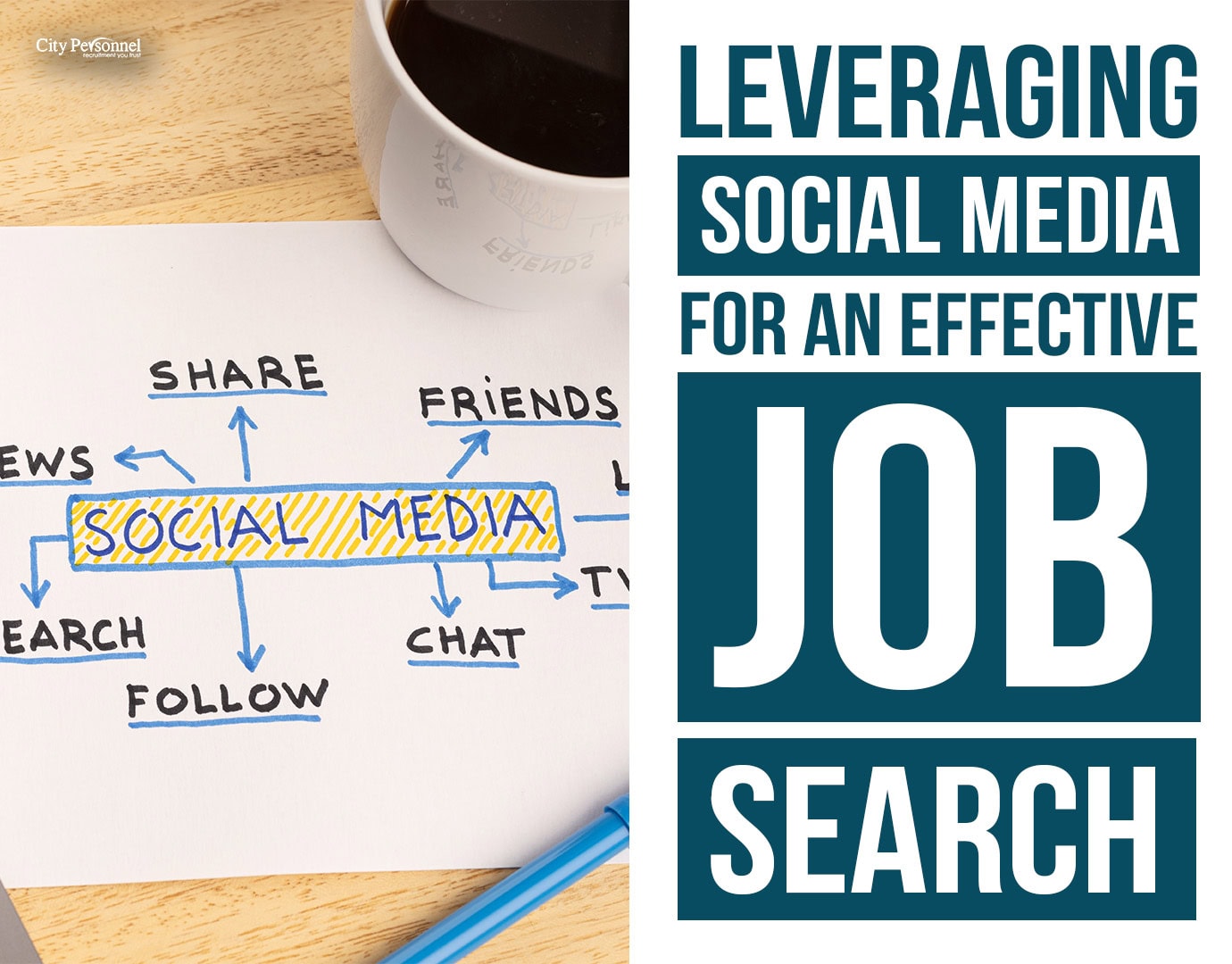April is not only the beginning of spring but also Stress Awareness Month, a reflection on the modern epidemic of stress. Nowhere is stress more prevalent than in the workplace, where deadlines, conflicts, and high expectations often combine to create a pressure cooker environment. This post is dedicated to understanding the deep-seated impact that workplace stress can have on our mental health.
Understanding Workplace Stress
What exactly is workplace stress? It’s more than just the occasional and inevitable challenge in the office. Workplace stress is the harmful physical and emotional responses that can occur when there is a conflict between job demands on the employee and the amount of control he or she has over meeting these demands. It’s a mismatch that can derail even the most resilient individual.
The rapid pace of change, heavy workload, and lack of job security are just a few examples of environmental stressors that can lead to workplace tension. On a personal level, breakdowns in the work-life balance, conflicts with coworkers or managers, and job dissatisfaction can all contribute to a fostering environment for stress to thrive.
How do you know when you or someone around you is stressed at work? It often starts with physical symptoms like headaches and back pain but can progress to emotional indicators such as irritability and a general sense of disengagement. Chronic stress can completely hamper one’s ability to focus and be productive, leading to a vicious cycle.
The Impact of Workplace Stress on Mental Health
When it comes to mental health, the toxic effects of workplace stress are well-documented. It often serves as a gateway to more severe conditions like anxiety and depression. Approximately 83% of workers suffer from stress, and many of them reported that their level of stress on the job is higher than what they think is healthy.
Beyond these immediate concerns, chronic stress has been linked to the onset of serious mental health disorders and can exacerbate the symptoms of pre-existing conditions. Additionally, the toll on personal relationships and overall quality of life cannot be underestimated.
The long-term implications of workplace stress for mental health are concerning. Without proper management, stress can become a chronic issue, increasing the risk of developing conditions like heart disease, obesity, and diabetes—all of which have their own impact on mental health.
Strategies for Managing Workplace Stress
There are numerous strategies individuals can employ to mitigate the stress they experience at work. Techniques such as time management, regular physical exercise, and relaxation methods like meditation have been shown to be effective not only in reducing stress but also in managing its effects on mental health.
A healthy work-life balance is crucial in providing the necessary time for rest and recovery. Simple strategies like taking regular breaks, ensuring sufficient sleep, and engaging in non-work-related activities can create a buffer against the pressures of the job.
Cultivating supportive relationships at work and at home can also make a significant difference. The ability to share concerns and seek advice not only provides solutions to sources of stress but also reinforces a sense of community and shared burden.
The Role of Employers in Mitigating Workplace Stress
Employers are instrumental in designing a work environment that minimizes stress. Implementing policies that promote autonomy, recognize achievements, and provide support for personal growth can significantly reduce stress levels among employees.
Beyond the realm of policy, employers can integrate practical solutions to combat workplace stress. Simple changes in workplace design, the provision of resources for skill development, and the implementation of clearly defined roles and expectations for each employee can all work together to mitigate stress.
When it comes to the corporate bottom line, investing in stress-reducing activities has a clear return on investment. Happier and healthier employees report higher job satisfaction, increased morale, and a decrease in absenteeism and turnover—factors that are invaluable in building a strong and resilient organization.
Conclusion
Workplace stress is not an isolated problem with individual repercussions. Its insidious reach extends into every facet of society, affecting the family unit, economic productivity, and our collective mental health. It is time we prioritize the well-being of our workforce and take proactive measures, both personally and professionally, to address this issue head-on. Only through a concerted effort can we hope to create a workplace—and, by extension, a world—where stress does not have the last word.







